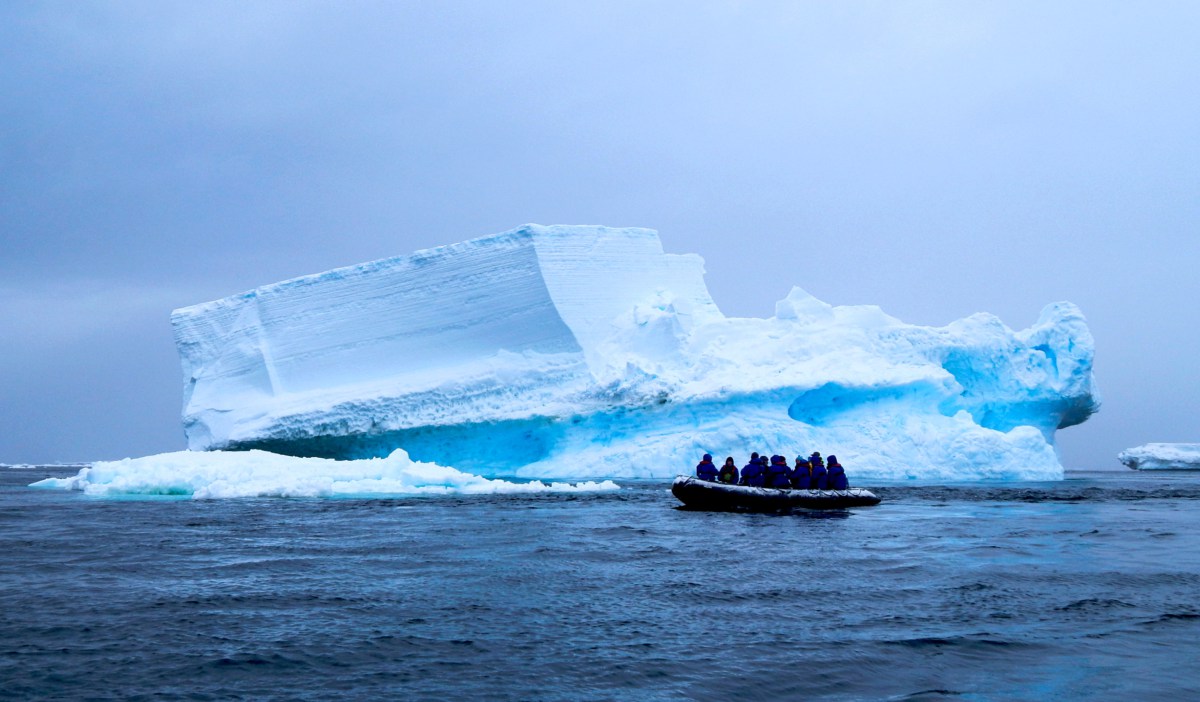Today, New Zealand navy has introduced an experimental buoy which will hint for the manners of navigating enormous waves in oceans. Gargantuan waves called the “liquid Himalayas,” are one of the most dangerous threats to the ships floating on the oceans and to deal with this menace, Navy of New Zealand has deployed a moored wave buoy in the sub-Antarctic Southern Ocean. The Buoy will help researchers in studying and understanding the manners how ships can navigate the mammoth “Liquid Himalayas.”
According to the statement given by the New Zealand Defence Force (NZDF) on Thursday, February 09, 2017, New Zealand Navy launched the moored wave buoy approximately 10 km south of the secluded Campbell Island. The buoy is a part of joint venture between the Defence Technology Agency – a commercial unit of the New Zealand Defence Force, and a privately-owned meteorology and oceanography consultancy of the country.
Mammoth waves of Southern Ocean are usually described as ‘liquid Himalayas’ due to their elevated height and high mass. By involving many puzzling factors, the concept of liquid Himalayas continued to be unaffected, together with the capability of scientists to accurately predict them. However, the deployment of the wave buoy will exemplify the existed waves, eventually helping scientists to present perfect forecasting models for predicting these waves.
Because of the environmental complexities, deployment of waves buoy had never been attempted before. This is the first-of-its-kind try to understand the liquid Himalayas. It will give us a clear understanding of the waves presented in the seas. The buoy needs low sea conditions – which take place about once in a period of 15 days in the sub-Antarctic region, for conducting researches and understanding them.
As said by Commodore Jim Gilmour, the Maritime Component Commander, “As liquid Himalayas impinge on all most every facet of aquatic operations held in the Southern Ocean and the Ross Sea, from day-to-day planning to the design of ships, the data collected by the buoy will be extremely helpful for dealing with them and predicting their existence too.”
According to Sally Garrett, a researcher from the Defence Technology Agency (DTA), “The buoy will assist us in collecting useful information regarding the high oceanic waves, the height of the waves, and their directions for the next six months. The mission is a noble endeavor to enlighten the path to the ships voyaging in the oceans as well as understanding the concept of “Liquid Himalayas” in better manners.
